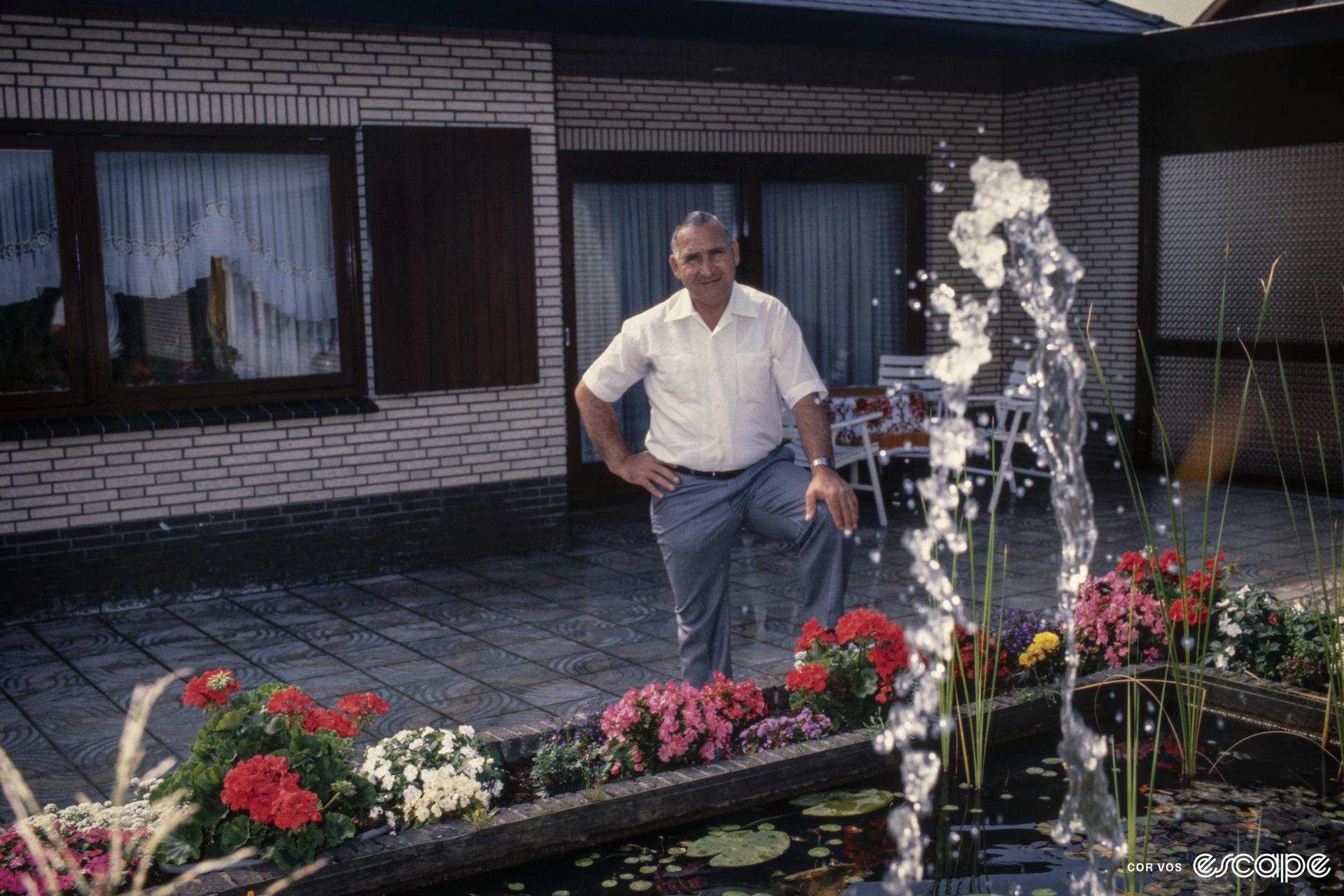For every stage of the 2023 Tour de France – men’s and women’s – José Been is bringing you stories about the history, castles, geology, culture, food, and people around the race. A bit of couleur locale while you enjoy lush fields of sunflowers, beautiful mountains, and pretty little villages, oh, and the bike race too.
We start today’s stage in Dax which, together with Pau, is the shortest place name on our route. It’s not the shortest in France because there is a village in the department of Somme, in the northwest of the country, that’s simply called Y. The inhabitants call themselves Ypsoliens. But anyways, back to Dax.
Hiding not far below the tarmac in Dax are gigantic columns of salt, so-called salt diapirs, rising from over 2,000 meters depth. One such diapir is in fact the sole reason Dax is the biggest spa town in France.
Today’s stage sends the riders over the Aquitaine Basin. This is basically a gigantic bath tub which filled with sediments over millions of years. One of these sediments was salty clay. We are talking 210 million years ago in the Triassic. It was a hot climate so the water evaporated really fast and the salt stayed. This went on for millions of years and created thick layers of salt. They ended up as columns due to tectonic forces, to simplify things.
Water flowing from the Pyrenees underground hits the salt columns at Dax 75 km to the north. There the water heats up and gets charged by salty minerals. Eventually, this water springs in multiple locations over the region. The most famous one is the Fontaine Chaude (“Hot Fountain”) in the heart of Dax which has been active since pre-Roman times. With a yearly flux of over 2,000,000 litres and a temperature of 64 ºC (147 ºF), this spring truly deserves its name.
Dax also holds special meaning for Dutch cycling. It was here in 1951 that Wim van Est pulled off a double coup by winning the Tour stage from Agen and becoming the first Dutchman to wear the yellow jersey. The jersey did not bring him luck as the following day, between Dax and Tarbes, Van Est crashed on the descent of the Aubisque and was forced to retire.
Van Est was born in 1923 and due to the Second World War starting when he was 17 years young, his actual pro cycling career started rather late. His talent was already clear during the war when he smuggled butter from Belgium to the Netherlands on his bike. He was caught and spent six months in jail. All that war-time cycling did make him super strong though. In 1951 he made his debut in the Tour de France and immediately won a stage and the yellow jersey.
In the Pyrenees stage to Tarbes, he had a flat on the descent of the Col d’Aubisque and fell 70 meters down a ravine. Before the Tour de France Van Est had never seen mountains like this so he was very inexperienced. He did survive his horrendous fall and they pulled him up with bicycle tires tied together (follow the link for a video of his rescue). It became a legendary moment in cycling thanks to an advertising campaign for watch brand Pontiac. “Seventy meters deep I fell. My heart stopped but my Pontiac did not,” the slogan read.
Van Est continued his career until he was 42. He won two more stages in the Tour de France and also the Tour of Flanders. Van Est died when he was 80 years old in 2003.
What did you think of this story?

